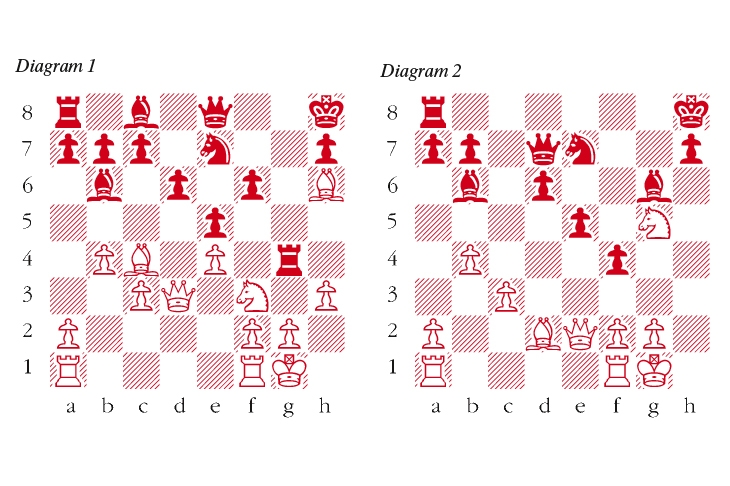One of the sharpest lines in the Ruy Lopez (1 e4 e5 2 Nf3 Nc6 3 Bb5 f5) is widely attributed to Wilhelm Karl Adolf Schliemann (1817-1872), said to be a relative of the Heinrich Schliemann (1822-1890) who discovered the site of Troy. Now it appears that the variation should in fact be attributed to Carl Jaenisch (1813-1872) since W.K.A.S. in fact advocated something rather different, namely 1 e4 e5 2 Nf3 Nc6 3 Bb5 Bc5 4 c3 f5. However as Junior Tay, author of the new book The Schliemann: Move by Move (Everyman Chess) points out, the name of Schliemann has stuck and it would take a lot of literary hard labour to undo the misattribution.
This week, a game and puzzle from the book, featuring a line which, prima facie, looks suspicious, but which in fact is remarkably vital and indeed viable.
Warman-Gareev: London 2016; Ruy Lopez
1 e4 e5 2 Nf3 Nc6 3 Bb5 f5 4 d3 fxe4 5 dxe4 Nf6 6 0-0 Bc5 7 Nc3 d6 8 Bg5 0-0 9 Nd5 Kh8 10 c3 Denying Black the use of the d4-square and preparing to advance the b- and a-pawns to harass the c5-bishop.

Get Britain's best politics newsletters
Register to get The Spectator's insight and opinion straight to your inbox. You can then read two free articles each week.
Already a subscriber? Log in





Comments
Join the debate for just £1 a month
Be part of the conversation with other Spectator readers by getting your first three months for £3.
UNLOCK ACCESS Just £1 a monthAlready a subscriber? Log in